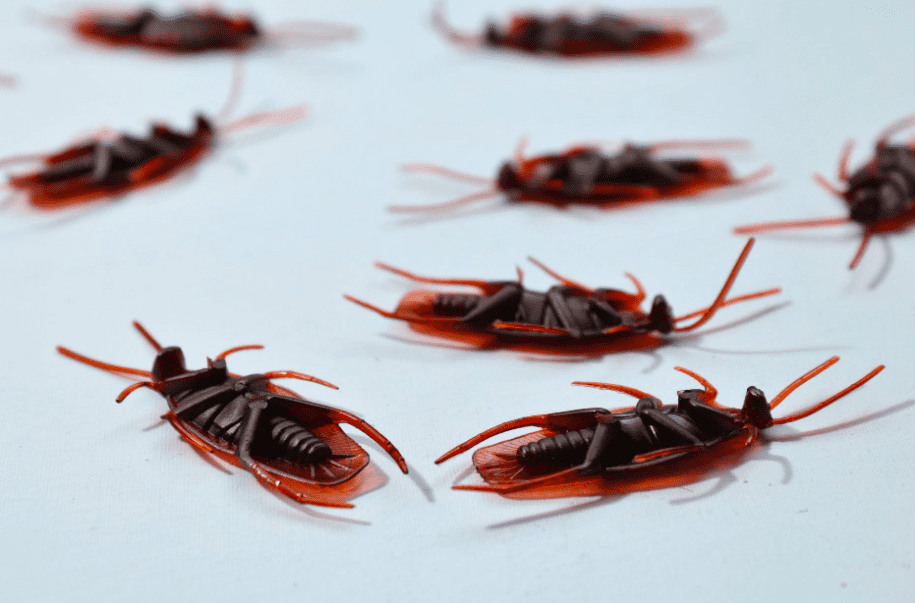Even though winter calls for hot chocolate and chunky sweaters, pests start to infiltrate your home and bring illnesses to your family. While most pests die out and cannot survive the cold, those that survive find warmth and food in your premises, destroying your belongings as well as your health. Here are some of the most common winter pests in Maine.
Mice and Rats
Mice and rats can commonly be found in Maine, especially during the winter months. Even though most rats are fat creatures, they can crawl through the tightest places, including a hole in the attic, flooring, or even the basement. You should never underestimate mice because they are extremely smart pests.
Usually, they manage to get inside your house by hiding in storage boxes that are then brought inside your home. Getting mice out of the house can become tricky because of how fast they multiply. If you have the faintest doubt that a mouse might have entered your home, call pest control services immediately. A mice infestation comes with loads of health hazards due to the number of diseases they bring to you and your family. Even though they do not bite, they bring in a lot of parasites.
If mice contaminate food and surfaces, you are more likely to fall sick. In fact, mice-transmitted diseases can be deadly. Apart from health concerns, mice also gnaw on the wiring in walls, which may cause a potential electrical fire. They also damage property by nibbling on just about anything they can find because they need to stop their teeth from growing.
Cockroaches
Cockroaches are the worst! Trust us when we say that you do not want them to infest your home. Unfortunately, cockroaches are actually very common winter pests in Maine. This is because cockroaches, like all other pests, are looking for a warm place to stay that provides them with a steady supply of food. What’s better than someone’s cozy, warm house brimming with fresh, warm gingerbread men?
Cockroaches are attracted to moisture, too, which is why you can commonly find them in the kitchen and bathroom. According to the FDA, cockroaches are filthy pests that fill your home with germs. They infest food, clothes, and even bindings found in books. They nibble and eat food extremely fast, which is why it is common to find loads of cockroach feces littered around your house.
Have you ever noticed a bad smell in an area where you know a cockroach hides? This smell is emitted from the secretion that comes from the cockroach’s mouth and from the glands found on its body. This secretion causes a filthy smell that lasts for days. Moreover, since cockroaches tour different buildings in different localities and even visit drains, sewers, and gardens, they are likely to bring illnesses into your home and your family. Some illnesses caused by cockroaches include:
- Diarrhea
- Dysentery
- Cholera
- Leprosy
- Plague
- Typhoid fever
- Poliomyelitis
Spiders
Spiders are the sneakiest pests on the planet. However, it’s well known that they do not usually enter your house unless there are other insects already present. They can also find a way into your home indirectly while scurrying away on a piece of firewood. So, are spiders good pests or bad pests?
Research says spiders provide loads of benefits for the ecosystem. They feast on different insects that only annoy human beings, including cockroaches, aphids, moths, and even earwigs. Hence, they ensure a balance of pests in the wild. This reduces diseases and damage to crops in the farmland. Did you know that one spider can eat more than 2,000 insects in one year? In fact, scientists say that if spiders were to fall off the face of the earth, the human population would dwindle due to the long-lasting famine.
Spiders are also self-destructive. This means that they battle with other spiders and end up eating them. Survival of the fittest also counts when it comes to spiders. This is why it is common for a population of small spiders to be overtaken by big spiders with longer legs. However, it is important to remember that even if spiders are not poisonous, they do bite. This causes large abrasions and irritation marks on the skin, leading to pain. If not paid attention to, these might require medical attention.
Butterflies and Moths
Butterflies and moths have the ability to live through the cold winter months. Monarch butterflies are most commonly known for their ability to migrate from time to time. Since the winters in Maine are cold, butterflies and moths travel to Mexico. To survive the extremely cold temperatures, butterflies look for shelter and they secrete chemicals so that their bodies do not freeze.
However, some moths and butterflies cannot survive extreme temperatures, and before they die, they give birth to their next generation. Eggs and larva are left behind that come to life during spring.
Moths are part of the food cycle as they get eaten by other wildlife, including bats. Moths also help maintain the health of the environment. They are extremely sensitive to the environment so they are used as indicator species. If you monitor them closely, you can study them to notice upcoming changes in the environment. This includes farming practices, air pollution, climate change, as well as the overuse of pesticides.
Butterflies have roamed the earth for the past 50 million years. There are more than 250,000 species and have been conserved over the past few years. They have been part of the natural heritage because of their beauty and popularity. In fact, the Bible also speaks about butterflies, along with old Shakespeare literature.
If you find pests in your home during the winter, call AntsPlus immediately. Our professional pest control services will come and rid your house of all the common winter pests you can find Maine, making your home and family safe again.
